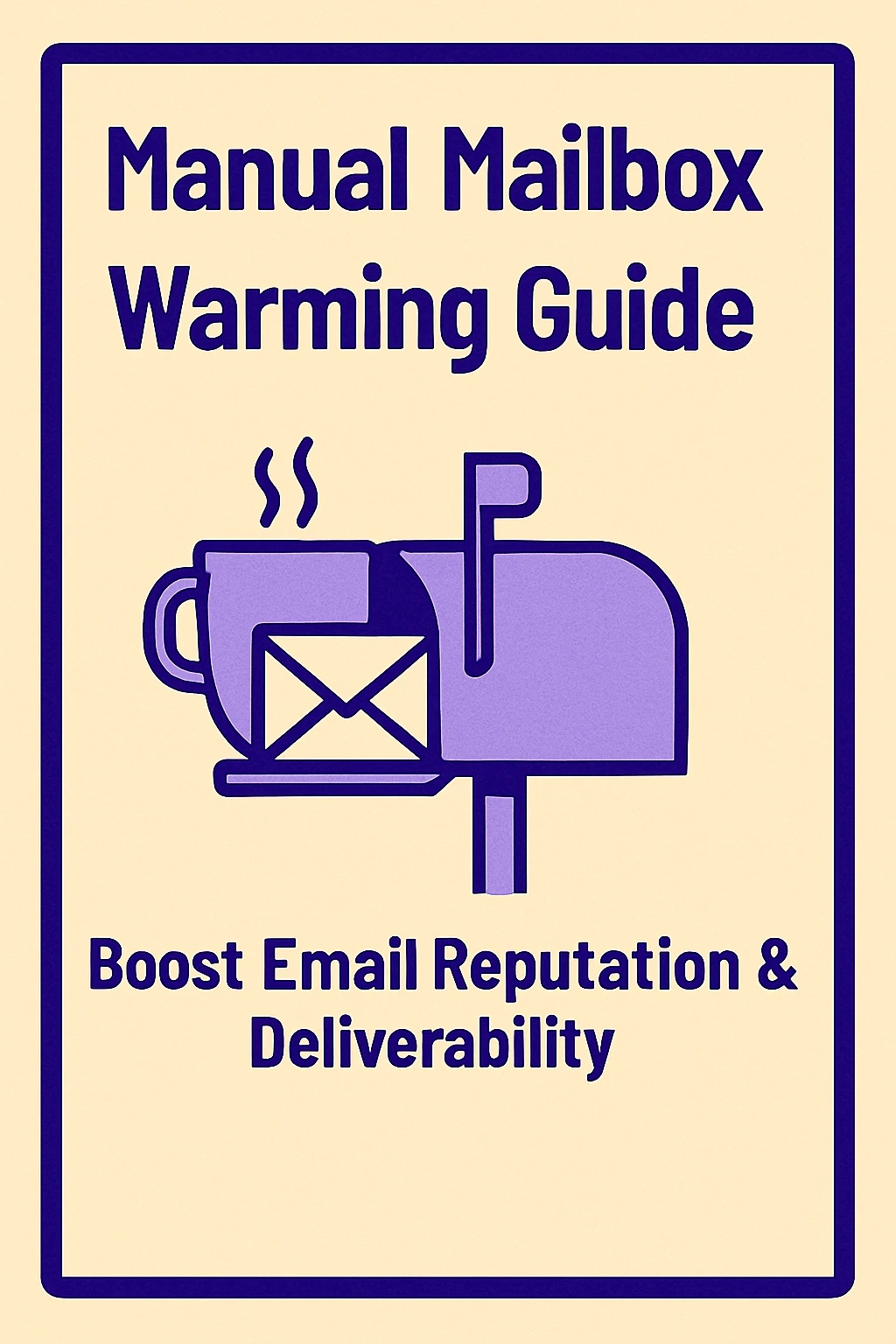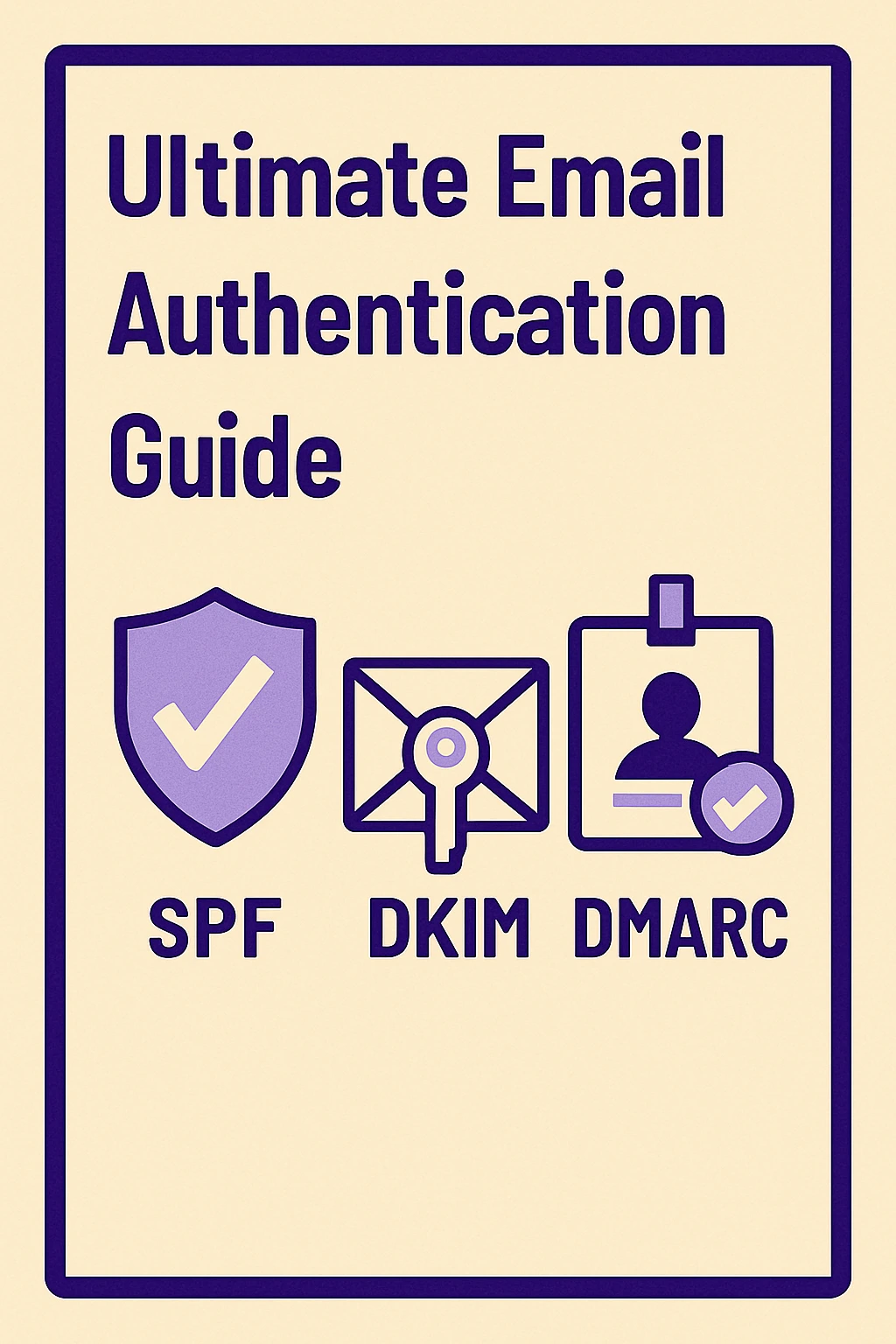Google Workspace vs Office 365: Best for Cold Emailing?
If you're serious about cold outreach in 2025, the battle between Google Workspace vs Office 365 isn’t just technical—it’s about real-world results. This article dives deep into how both platforms perform when it comes to cold email deliverability, breaking down sender reputation, inbox placement, spam filtering, and email infrastructure behind the scenes. Using trusted tools like Mailkarma.ai, Infraforge, Mailreef, and Mission Inbox, we look beyond marketing claims to show what actually works—and what hurts your chances of being seen. Whether you're a solo founder sending 100 emails a day or a scaling sales team pushing out thousands, choosing the right platform can directly impact your ROI. This guide offers a side-by-side look at sending limits, infrastructure readiness, warmup strategies, and feedback from marketers who've tested both platforms in live campaigns. In the end, deliverability is more than software—it's about building trust at the technical layer, and this article shows you how to do just that.

When it comes to cold emailing in 2025, one question keeps popping up: Google Workspace vs Office 365—who’s better at getting emails into inboxes? This isn’t just a geeky debate—it’s about whether your next potential customer ever sees your message.
Cold outreach lives or dies by deliverability. If your emails don’t land where they’re supposed to, you’re not just wasting time—you’re hurting your sender's reputation, killing your ROI, and potentially ending up on blacklists.
We’ve spoken to marketers, studied infrastructure performance, and used insights from email infra platforms like Mailkarma.ai, Infraforge, Mailreef, and Mission Inbox to break it all down.
Let’s explore which platform gives your cold outreach the best shot at success.
Cold Email Deliverability: Why It’s the Game Changer
What Impacts Cold Email Deliverability?
Email deliverability isn't magic—it’s technical. And it’s non-negotiable. Here’s what affects your cold email performance:
- Email authentication (SPF, DKIM, DMARC): These records prove your email is legit.
- Domain reputation: New or poorly maintained domains get flagged fast.
- Mailbox reputation and sender score: Internet providers track how trustworthy your account is.
- Email bounce rate: High bounce rates signal spammy behavior.
- Shared IP vs Dedicated IP: You risk inheriting a bad rep with shared IPs. Dedicated ones give you control.
- SMTP settings for cold email: Poor SMTP configuration can silently tank your deliverability.
- Blacklist status: Once you're on it, you’re invisible.
- Email sending limits: If you push limits, email throttling can kick in—and ruin your campaign.
Why Inbox Placement Matters
Landing in the inbox isn’t a bonus—it’s the whole point. Your cold email might be brilliant, but if it ends up in the Spam or Promotions tab, it’s as good as unread.
ISPs and email clients look at behavior: Are people replying to you? Are you being flagged? Are your headers authentic?
Even with the best message, your cold outreach success depends on mastering inbox placement.
Google Workspace for Cold Emails

Deliverability Strengths
Google Workspace (formerly G Suite) continues to be a favorite for solo founders, freelancers, and startup teams. Why? Because Gmail is deeply trusted by ISPs and filters alike.
- Clean, reliable infrastructure: Gmail’s IPs have high trust scores.
- Easy to set up SPF, DKIM, and DMARC: Clear documentation, fast setup.
- Low bounce rates: Due to tighter sending limits, Gmail naturally filters out risky behavior.
- Strong integration with email infra platforms like Infraforge and Mailreef, which help track domain health and blacklist risks.
Limitations to Consider
- Sending caps: You’re generally limited to 500–2,000 emails per day.
- Sensitive spam detection: Minor mistakes can lead to warnings or blocks.
- Domain warmup is critical: Gmail is not forgiving with brand-new senders.
If you’re a startup doing precise outreach to high-quality leads, Google Workspace gives you stability—just stay within the rules.
Office 365 for Cold Emails

Deliverability Strengths
Office 365 (also Microsoft 365) has made a strong case in recent years for businesses with scale in mind.
- High daily sending volumes: With enterprise-level accounts, you can scale to 10,000+ emails a day.
- Corporate-grade reputation: ISPs recognize and trust Microsoft’s mail servers.
- Infrastructure flexibility: Larger setups allow the use of tools like Mission Inbox, Mailreef, and Infraforge for real-time deliverability monitoring.
Watch-Outs with Office 365
- Spam filtering can be intense: Outlook has a reputation for bouncing unknown senders.
- Complicated DNS setup: SPF and DKIM setup can be tricky without tech help.
- Shared IP risks: Basic accounts often use shared IPs, which may impact your sender score.
If you’ve got a technical team or work with infra tools to monitor DNS and IP health, Office 365 gives you the horsepower to scale outreach effectively.
Side-by-Side Comparison: Google Workspace vs Office 365 for Cold Emails

Deliverability Scores & Inbox Placement
According to testing data and scores from Mailkarma.ai:
- Gmail often performs better for highly personalized, small-batch outreach.
- Outlook edges ahead in deliverability when DNS records and infra tools are managed well.
Want to check your domain health? Run your free sender test now at Mailkarma.ai.
Sending Limits & Scaling
- Google Workspace: 500–2,000/day — great for founders and freelancers.
- Office 365: Up to 10,000/day — ideal for outbound teams and agencies.
Pricing
- Google Workspace: Starting at $6/month
- Office 365: Starts at $12.50/month and scales with features
Email Security & Spam Filtering
- Google: Easier to configure; moderate spam filtering
- Microsoft: More advanced protection; but tougher initial setup
Real Campaign Feedback: What Founders & Teams Say
Gmail vs Outlook for Outreach
“We used Gmail for our early-stage outreach, and the open rates were great. But once we scaled, Gmail hit limits fast.” – Priya S, SaaS Marketer.
“Microsoft 365 gave us the flexibility to go bigger. We paired it with Infraforge and never looked back.” – Chris W, B2B Agency Lead.
“We used Mailreef and Mission Inbox with Outlook—it helped us dodge spam folders and spot config issues early.” – Natasha K, Cold Email Consultant.
Support & Ease of Use
- Google Workspace: Friendly for non-technical users. Fast support.
- Office 365: Powerful, but requires more setup know-how. Documentation is deep, but hands-on help is slower.
Verdict: Which One Sends Cold Emails Better in 2025?
Best for Freelancers & Startups: Google Workspace
If you’re just starting or want simple, clean outreach—Gmail delivers.
Best for Agencies & Scaling Teams: Office 365
Looking to push thousands of emails a day? With proper infra tools, Outlook has your back.
Human Takeaway
The truth? Deliverability isn’t only about the platform. It’s about how you send, who you send to, and whether you use tools like Mailkarma.ai, Infraforge, and Mailreef to protect your sender identity.
Want to stay ahead of spam folders? Start by checking your sender reputation with Mailkarma.ai.
Pro Tips to Boost Cold Email Deliverability
1. Warm Up Your Email Account
Start slow. Gradually build up sending volume with real conversations and engagements.
2. Authenticate Your Domain
Make sure SPF, DKIM, and DMARC are all correctly configured. Tools like Infraforge can validate your DNS setup in seconds.
3. Monitor Your Email Health
Use platforms like Mailkarma.ai and Mailreef to check for blacklist flags, bounce rates, and domain issues.
4. Keep Your Email List Clean
Always validate your list before sending. Remove bounced and unengaged addresses to lower your risk.
5. Track Infrastructure Metrics
With Mission Inbox and Infraforge, monitor inbox placement, spam rate trends, and sender score daily.
Tools Mentioned in This Guide
- Mailkarma.ai – Checks domain reputation, sender score, and inbox placement.
- Infraforge – DNS and infrastructure health scanner.
- Mailreef – Real-time reputation, blacklist, and deliverability insights.
- Mission Inbox – Inbox placement tracker and spam folder detection for high-volume senders.
Conclusion
Choosing between Google Workspace and Office 365 for cold email depends on scale, setup capability, and deliverability hygiene.
If you’re sending under 2,000 emails a day and want ease of use, Gmail is a solid bet. For larger campaigns and long-term scalability, Microsoft 365 (with a little infra help) is a smart investment.
Final word: Your emails are only as strong as your sender's reputation.
Don’t just hit send—optimize everything behind the scenes.
Start with a free deliverability report from Mailkarma.ai and take control of your outreach today.
FAQs
Can I legally send cold emails with Google Workspace?
Yes—just make sure you comply with laws like GDPR and CAN-SPAM.
Is Gmail or Outlook better for deliverability?
Gmail for personalization and reliability. Outlook for volume and scale.
What are the sending limits?
Gmail: Up to 2,000/day. Outlook: Up to 10,000+/day with enterprise.
Should I use a dedicated IP?
Only if you're sending at high volumes regularly.
How do I fix poor deliverability?
Use Mailkarma.ai, configure SPF/DKIM/DMARC, warm up slowly, and watch your bounce rate.
What tools help monitor email infrastructure health?
Mailreef, Infraforge, Mailkarma.ai, and Mission Inbox are the best in 2025.
Recent Blogs
FAQs: Everything You’re Wondering About Cold Email Deliverability & MailKarma’s Infrastructure
MailKarma is a dedicated email infrastructure solution built exclusively for cold email outreach. Unlike shared inbox tools or general ESPs, MailKarma gives you complete control over your sending setup—private US IPs, clean domains, and expert-backed deliverability practices. Built by cold email pros, MailKarma is optimized to scale outreach without landing in spam.
Because MailKarma sets up private infrastructure—including custom domains and mailboxes—it doesn’t offer a traditional free trial. However, you can explore the platform, view your dashboard, and test features before provisioning infrastructure. Our private dedicated email servers cost $150 per server plus $0.001 per email sent, making it extremely cost-effective for high-volume cold email campaigns. For Gmail Workspace solutions, pricing starts at $3.50 per email with a 10-email minimum, dropping to $2.50 per email for volumes over 100 emails. This transparent pricing model ensures you only pay for what you use while maintaining enterprise-grade email deliverability.
Yes. MailKarma automatically sets up SPF, DKIM, and DMARC records using best-in-class standards. No technical hassle—our system handles everything behind the scenes, and our support team is always ready to assist if needed.
Every MailKarma subscription includes:
- Automated DNS setup (SPF, DKIM, DMARC)
- Private mailbox hosting
- Ongoing deliverability optimization
- Server monitoring and uptime guarantees
It depends on your monthly sending volume and the number of contacts per sequence. To simplify this, MailKarma includes a volume-based calculator inside the app to help you choose the optimal setup for scale, safety, and inbox placement.
Gmail and Outlook aren't built for cold outreach—they throttle volume, rotate IPs, and limit deliverability. MailKarma gives you:
- Dedicated infrastructure
- Warmed IPs and aged domains
- No shared resources
- Built-in best practices for cold outreach
It's the infrastructure your outreach actually needs.

.png)



